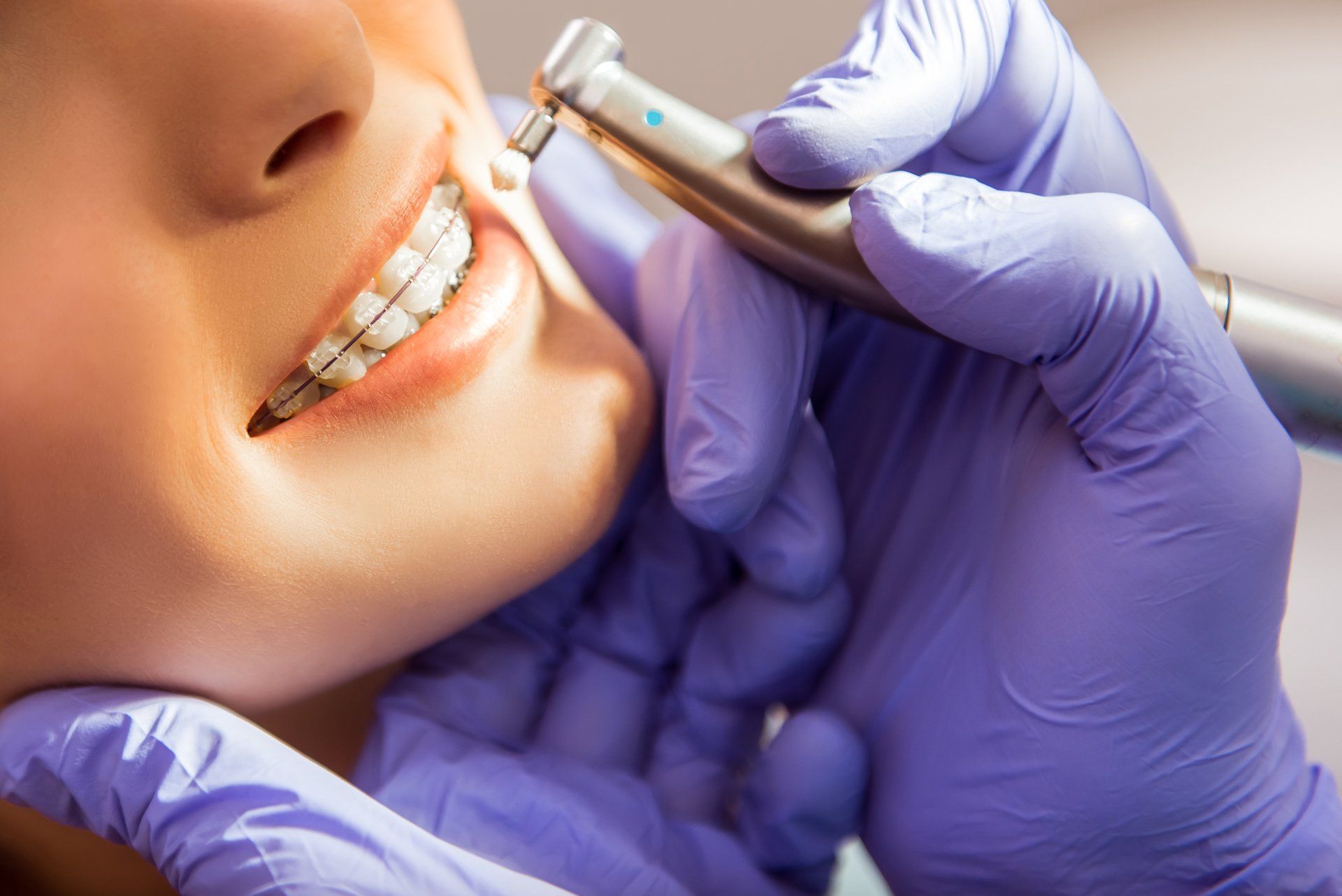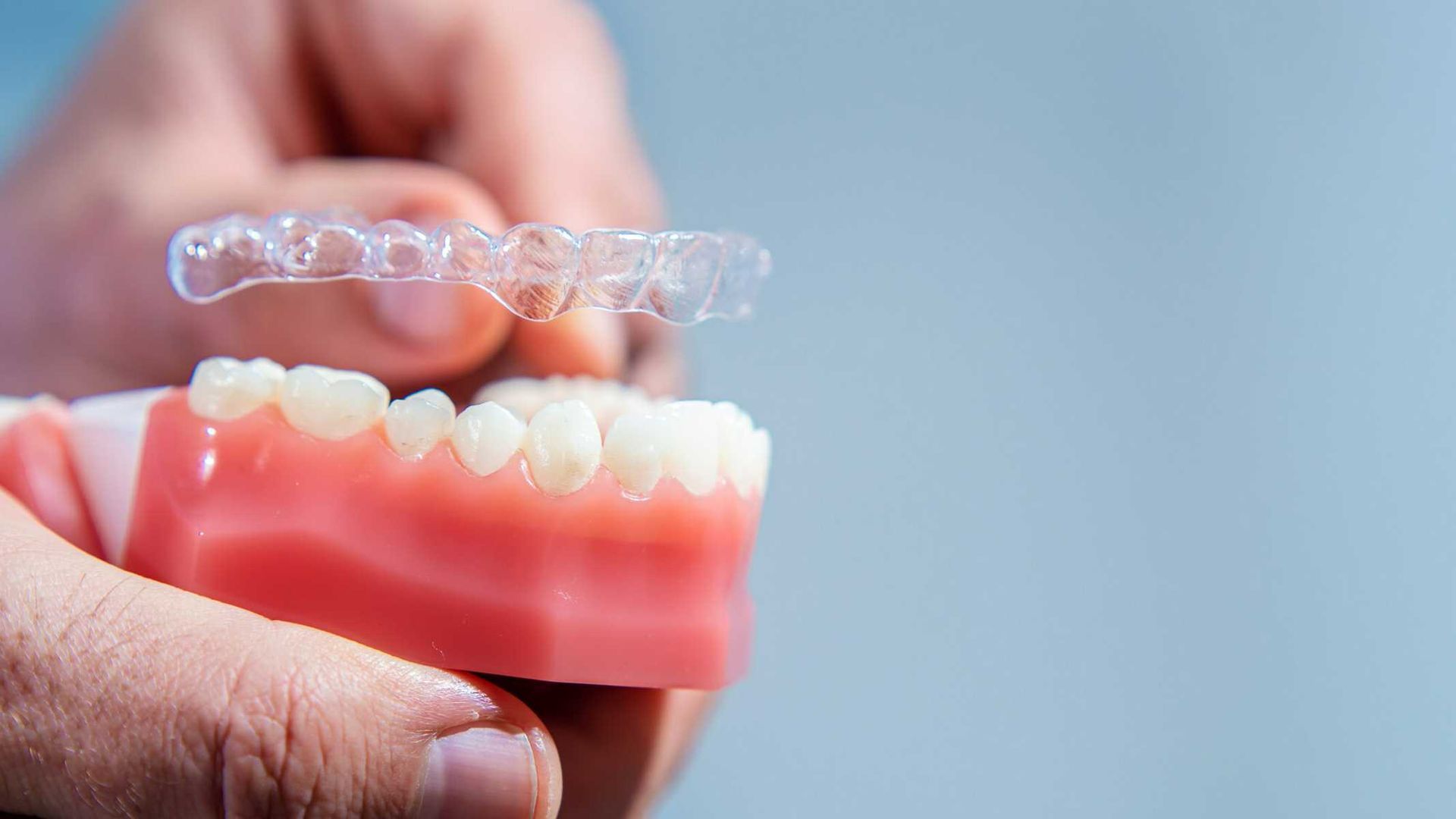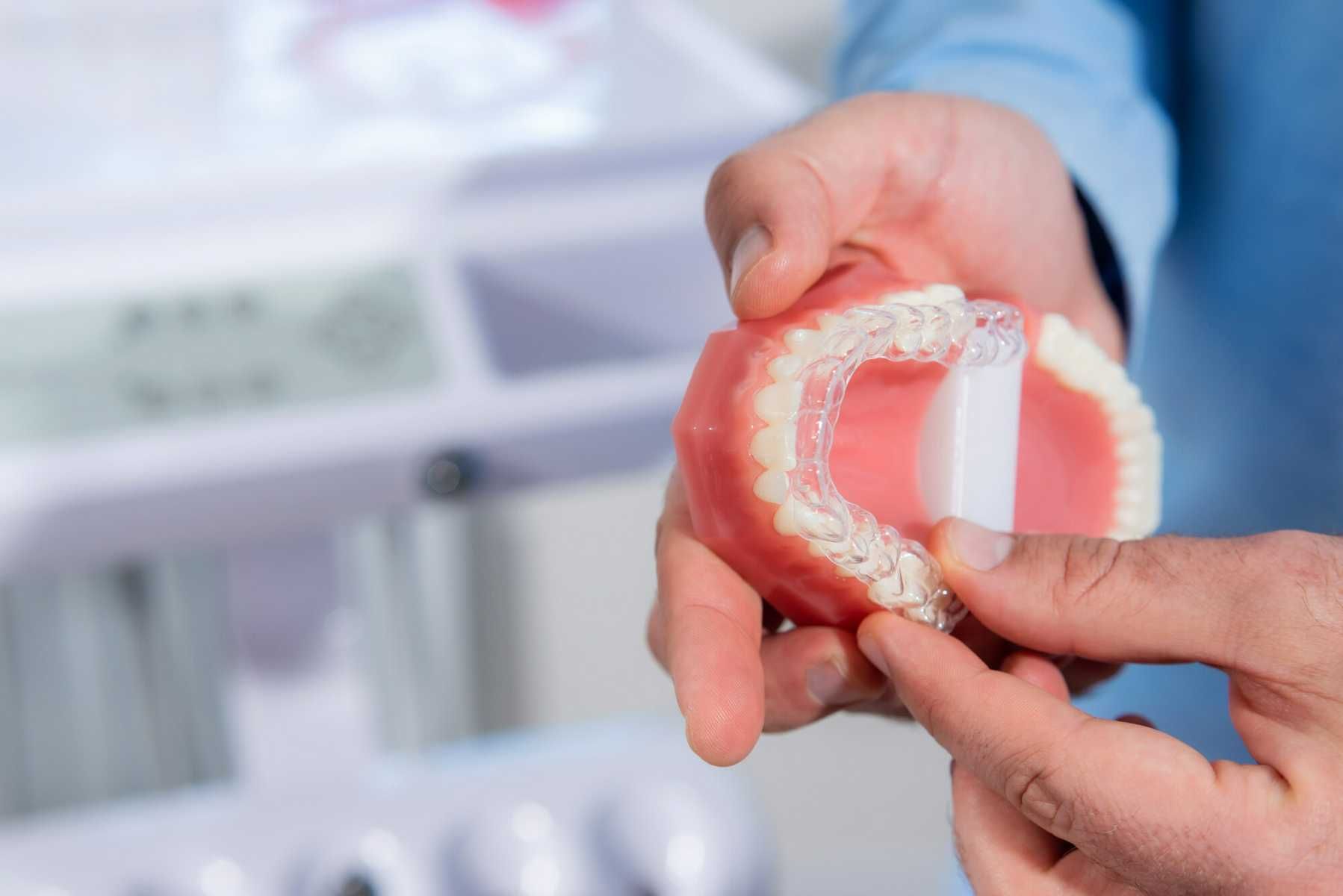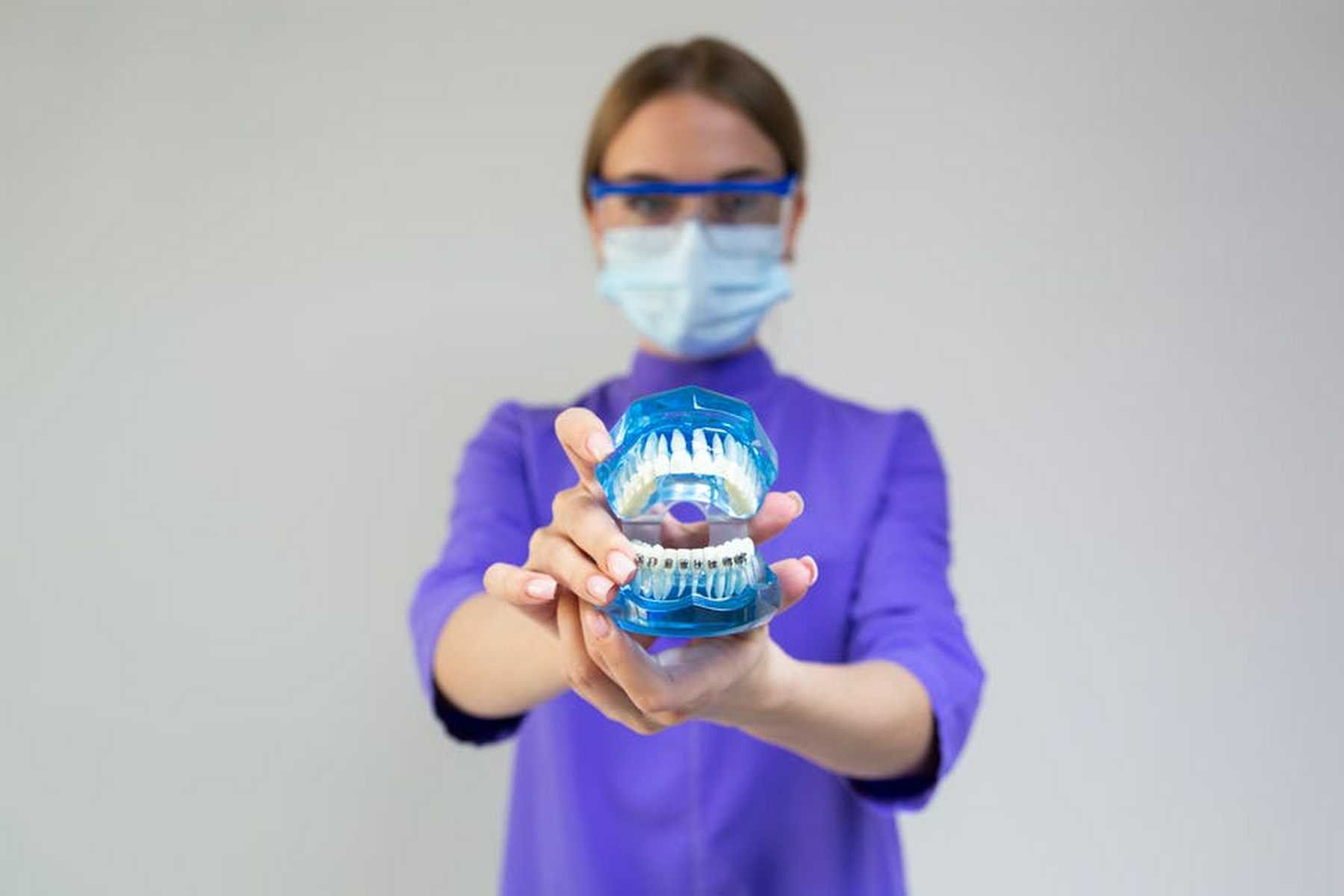Blog Layout
Sleep Apnea: What is It & Why Should I Be Concerned?
Dr. James May • Oct 01, 2020

Tossing and turning is no way to spend the night, add snoring and difficulty breathing and you are getting up in the morning more tired than when you went to sleep. Chances are if you suffer from similar symptoms you may be experiencing sleep apnea. Sleep apnea is a disorder in your respiratory. Those who have it duffer from either a partial or complete collapse of the upper airways during sleep making it difficult to breathe- think of it as the equivalent of breathing through a straw. It is estimated that sleep apnea affects up to 9% of adults in the USA.
Sleep apnea can have many side effects that can hinder your day to day life as a result of sleepiness and low energy. Some symptoms include:
• Insomnia or waking up multiple times throughout the night
• Loud snoring
• Restlessness at night
• Chocking or gasping yourself awake
• Vivid and/or threatening dreams
• Sleepiness throughout the day
• Hard to concentrate
• Headaches especially in the morning
• Mood swings
• Cognitive deficits
So what may cause sleep apnea in the first place? There can be several different factors that can cause this disorder. For instance, studies have shown that older men are 2-3 times more likely to suffer from sleep apnea. This does not mean that women (or children) do not also suffer, but is seen more commonly among men. Obesity can also create a higher risk of developing this condition. A study found that people were 6 times more likely to suffer if their body weight increased by 10%. Preexisting conditions such as hyperventilation syndrome or abnormal sizes of the upper jaw bone, can also increase risk. Other factors can include family history of sleep apnea, smoking, chronic nasal obstructions, type II diabetes, and cardiovascular disease.
If you think you may be a victim of sleep apnea there may be some treatments that can help to reduce the disorder. Talking with your doctor is the first step in finding relief. Depending on your symptoms there are many different types of treatments that can help with your specific sleep apnea. Some of these treatments can be:
• CPAP therapy (Continuous positive airway pressure) - the most common form of therapy. A device the patient wears as a face mask while sleeping. The machine pushes in pressurized air through a hose that allows air to easily enter the body.
• Surgery- Recommended for patients who do not respond to well to non-invasive approaches such as CPAP. Surgery could be the removal of tissues, such as tonsils, to help with the restriction of air passages.
• Oral appliances – These include over the counter methods such as nose strips, tongue-retaining devices (to help prevent it from blocking air passages) and MADs (mandibular advancement devices) which position the jaw forward to increase air intake.
Although many go undetected from this condition is a serious medical disorder that should be address as soon as possible. Many who suffer can develop other complication such as daytime fatigue, heart problems, high blood pressure, type 2 diabetes, liver problems and more. Consider talking with your doctor if you believe you may suffer from sleep apnea. Sleep apnea treatment in the Houston, TX
area can be found right here at the offices of James May Orthodontics. Schedule your consultation today!

By Dr. James May
•
01 Jul, 2021
Alright, so you have just gotten your braces taken off and your smile is looking fantastic... what’s next? The retainer! That’s right- it does not matter what type of orthodontic treatment you received such as traditional metal braces or clear aligners, everyone has to wear a retainer in order to help keep your newly straightened teeth in their positions and not revert back to their original spots. So now your question may be, how long do I have to wear my retainer? Orthodontists will recommend that you should be wearing your retainer for 12 hours or more every day, following the first 8 weeks after your treatment ends. This helps to ensure that your teeth, which have just spent months moving to this new spot, do not shift as these 2 months afterwards they are the most susceptible to moving. After this time, your Houston orthodontist such as James May Orthodontics, may advise from wearing them for most of the day to nighttime only. Make sure you only switch after your orthodontist gives you their approval that your teeth are not going to shift. If you prefer to wear your retainer longer even after the orthodontist gives his thumbs up, that is not going to harm your smile in anyway – just make sure you are taking them out when you eat and keep them clean! Teeth are pretty amazing little pieces of our bodies and they are incredibly dynamic. Unless they are held into place after your treatment, they will continue shifting, and after all the time and effort going through braces, do you honestly want to jeopardize that progress? Wearing the retainer as instructed will help to reduce the risk of shifting teeth. Your orthodontis is also going to instruct you to wear your retainer to bed every night for at least the first year after treatment. After a year, or when through your orthodontists instruction, you can begin to wear them every other night. After another year a lot of patients will opt to wear theirs only a few times a week during their sleep routine. Some people are more prone to having their teeth move fiercely than others and after a while you may find your retainer a little tight as you put it on. Talk with your orthodontist to see your options. There are different types of retainers, however, the same rule of wear still applies to them all. The Hawley retainers are going to be the most common one people recognize. These are made of acrylic and metal. The Essix retainer has the appearance of as an Invisalign or ClearCorrect aligners, however, these tend to be a little more durable and sturdy as they are going to be lasting a little longer than the average aligner tray. The final retainer is a permanent one. Sure, technically this one does not a set amount of time you need to wear it, as it does not come out. It is attached to the back of your teeth and is not visible from the front. No matter which type of retainer you and your orthodontist agree is the best choice for you, the function for all of them is to serve the purpose of keeping your teeth straight and not reverting back to how they were.

By Dr. James May
•
07 May, 2021
We all know that having braces is the common method of correcting crooked teeth and helping to improve your misaligned bites, but did you know that there is some prep work to be done before you get your pearly whites attached with some metal? One of these preparation tactics your orthodontist could use is by placing spacers in between some teeth. Most of the time, those who are getting traditional braces will most likely have orthodontic spacers. The main purpose of spacers is to make sure there is enough space between certain teeth (hey, molars we are looking at you). The reason for this small distance is to make sure your orthodontist has enough room to attach and install your braces. Traditional metal braces use brackets and wires that are connected to your teeth. These wires are connected and anchored to rings, or metal bands. Since back teeth are usually packed and wedged close together, these spacers help to create that extra room for installing those metal bands. To insert your spacers, it is really a very simple process. Your orthodontist will use a small device or even dental floss to help stretch out the spacers first, warm them up a bit before use, if you will. Then, once you’re sitting in the chair and mouth open wide, each one will be wiggled into place between the predetermined teeth. Spacers are important to help gain that extra space, but typically do not need too long to begin their work. Most orthodontist will insert spacers roughly a week before the traditional braces are scheduled to go on. As simple as spacers are to put in, they are simply as removed, and if they have their job correctly that space will have widen enough for them to easily slide out. While most patients do not report major pain from spacers, there can be a feeling of slight pressure or pinching. However, this feeling is quickly reduced with over the counter pain medication, such as Aspirin, and should not last more than a day or two. Each case and patient is unique, therefore not all treatment plans are alike. Consulting with an orthodontist or dentist beforehand will help to better understand if spacers or braces are needed. Spacers can be made of many different materials, however, the most common types are going to be rubber and metal. Because they are still a part of the orthodontic treatment plan, spacers are typically included in to cost of braces. Braces in general can range anywhere from $3000 - $7000, depending on treatment plan. While there are payment plans available, most dental insurance policies can help cover costs. Check with your provider to see whether they cover orthodontic treatments, or find out from your Houston orthodontist , such as the expert team at James May Orthodontics, to see what may be available for you. If you are interested in learning more about spacers or about the orthodontic treatment plans available, schedule a consultation today with James May Orthodontics today!
BRACES STARTING AT $129/MONTH









